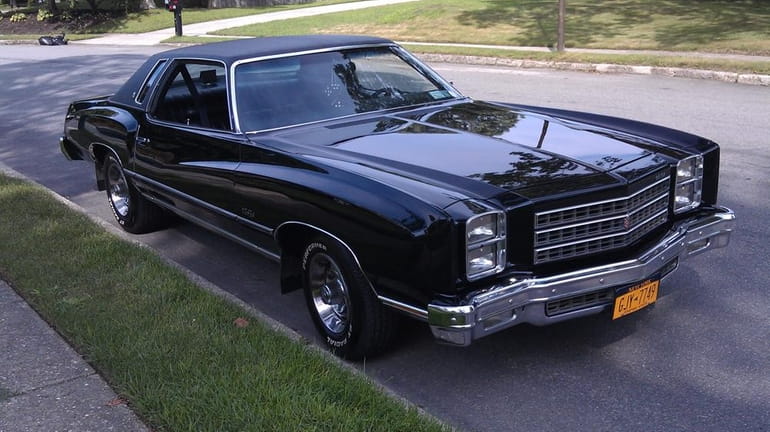Dealer incentives can work for you or against you

Laura and Jerry Mulvihill of Alsip, Ill., look at the sticker information at the Apple Chevrolet dealership before test driving a Chevy Traverse in Orland Park, Ill., Saturday. While new vehicle sales have fallen to 27-year lows, used cars are in greater demand, so their values are rising. Meanwhile, automakers and dealers desperate to sell new models have been piling on rebates and incentives that have sent prices plummeting. (Feb. 28, 2009) Credit: AP Photo
Car buying can be a confusing process in the best of times. You have to be even more careful when a load of incentives obscure what you're really getting. Don't just assume if a rebate or low-interest financing offer is enough to get you to buy that the dealer should have to do little else to close the deal.
If you decide to take the rebate, the dealer may insist that's the best deal you're going to get, hoping you'll leave it there and sign up for financing. But rebates are offered by the manufacturer -- that money doesn't come out of the dealer's pocket -- so you can definitely get a better price.
"Get your best price first, and don't tip your hand if you're going to take the rebate or special financing," advises Jack Gillis, author of "The Car Book" and public affairs director for the Consumer Federation of America. He contends that incentives make consumers forget about trying to get the best price, so dealers end up selling cars at higher prices than they would have without the incentives.
"Look for the fine print," he said. "Whenever you have substantial incentives consumers need to be aware of increased inflexibility of price. The bottom line is there's no free lunch. Somebody ultimately will have to pay for zero-percent financing. Usually it's the consumer."
Zero-percent financing offers are often relegated to slower-selling models.
Another sticking point about low-interest financing is that you must apply and be accepted after a credit check. If your credit record is spotty, don't count on automatically getting low rates. People with poor credit generally pay higher rates for financing.
The lowest rates may apply only to the shortest terms of financing -- generally three years. Beyond that period of time, rates tend to rise. Every year and line of cars, trucks, vans and SUVs can be different, so ask to see if the best rates apply to what you want to buy and for how long you want to finance your purchase.
Every automaker has excluded some of its hottest-selling models from the incentives packages offered. For example, Honda excludes its popular Odyssey minivan from its incentives offers, as well as hybrid versions of the Accord. The point of incentives, after all, is to convince you to purchase a slow-selling model or to clear inventory; if a model is already a big seller, no incentive is necessary.
If you think you've walked away with a good deal on the price, rebate and financing, don't hold your breath until you've made it through the financing department. Think carefully about the high-margin extended-service warranties and credit life insurance that are often offered there but are sometimes unnecessary.
According to CNW Marketing Research, consumers in 2008 put 15 percent of their rebates into a higher trim level or other vehicle upgrades.
Getting your best deal is always a complex dance between the model you want, demand for that vehicle, dealer inventory and the passel of incentives the manufacturer has passed on to the dealer. Check the ads in your local newspaper to see what is offered in your market.
Dealer incentives vary from dealer to dealer and differ from customer incentives in several ways.
If you have a vehicle to trade in, conduct that transaction last and don't talk about it until you've settled on a price for the vehicle you want. Otherwise, it helps the dealer determine how much you seemingly can afford and whether or not the trade-in value of the car can be introduced into the equation, which can confuse matters.
"Remember that you, the consumer, have the most important tool in negotiation: that's the dollar," Gillis said. "And the bottom line is car companies need to move product."

